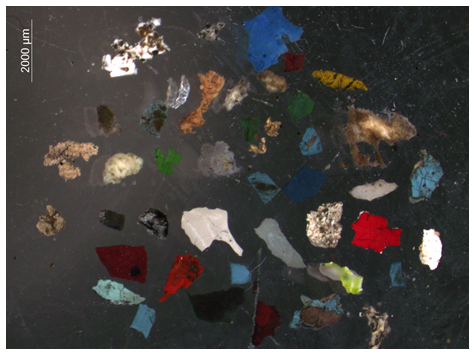Factsheet 9: Transport of microplastics in rivers - Microplastic input into the Baltic Sea via the Warnow River
Factsheet 9: Transport of microplastics in rivers - Microplastic input into the Baltic Sea via the Warnow River
Microplastics enter the marine environment through many pathways. The input via rivers plays a significant role. The Warnow River was used as
an example to investigate inputs into the Baltic Sea.
Microplastics were found in varying amounts in all river samples. In particular, weather conditions and the particle properties themselves determine whether the particles reach the Baltic Sea. Factsheet 9 from the MicroCatch_Balt research project breaks down the results of these investigations in more detail and describes ways to reduce plastic inputs.
For the Warnow catchment, the research project identified sources and sinks of microplastics as well as dispersal processes on its way to the Baltic Sea over several years. The factsheet is available for download here.
Klaeger, F., Lenz, R., Tagg, A., Hentzsch, B., Hille, S., Schernewski, G., Piehl, S., Lange, X., Fischer, F., Fischer, D., Labrenz. M. (2021): Transport of microplastics in rivers: Microplastic input into the Baltic Sea via the Warnow River. Fact sheet 9 of the BMBF research focus „Plastics in the Environment“.

